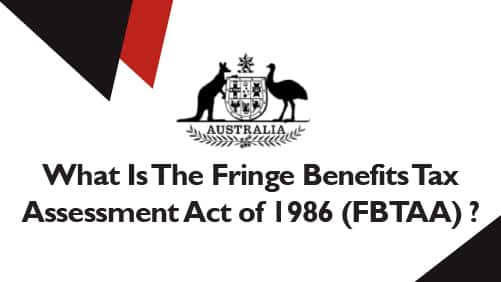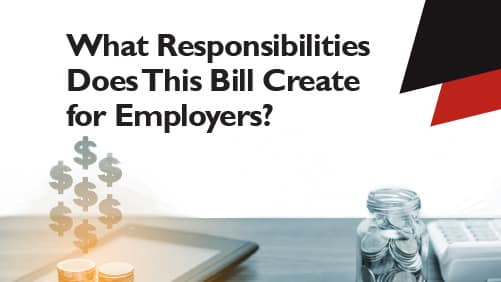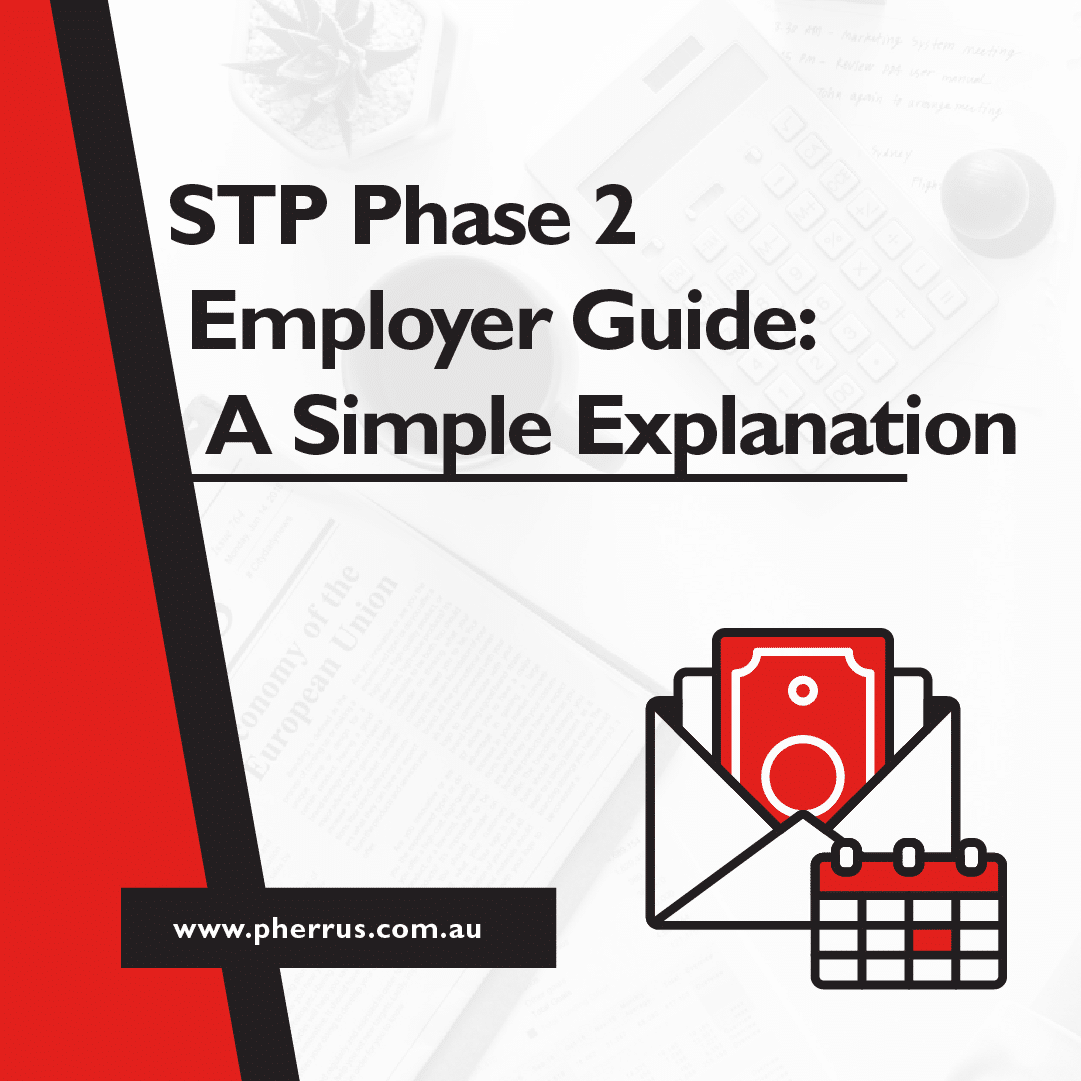The Australian government passed the Fringe Benefits Tax Assessment Act in 1986 to make sure that employers pay the right amount of taxes when they give their workers certain benefits.
This act is important for employers because it spells out the rules and regulations for providing these benefits and makes them pay their fair share of taxes for these benefits.

What Is The Fringe Benefits Tax Assessment Act of 1986?
The Fringe Benefits Tax Assessment Act of 1986 (FBTAA) is a law that makes sure employers pay the right amount of taxes when they give their employees, contractors, and other business partners certain benefits. It is applicable to employers who provide fringe benefits such as:
- A leased vehicle for personal use
- Personal use of a company car
- Childcare costs and school fees
- Gym or health memberships
- Discounted loans
- Entertainment expenses (cinema tickets, discounted food, accommodation)
- Living-away-from-home allowance (LAFHA)
- Private health insurance
- Right to property – shares, bonds
- Real property – land and buildings
The FBTAA consists of two acts:
The Fringe Benefits Tax Act of 1986 (the Tax Act) sets out the rules for the taxation of fringe benefits. This act states that employers must pay a tax of 47% on the cost of all benefits provided to employees, contractors, and other associates.
The Fringe Benefits Tax (Application to the Commonwealth) Act 1986 (the Commonwealth Act), sets out the rules for the taxation of fringe benefits provided to Commonwealth employees. Similar to the above, the act states that employers must pay a tax of 47% on the value of all benefits provided.

What Responsibilities Does This Bill Create for Employers?
The FBTAA creates several responsibilities for employers. These include:
Reporting Requirements
Employers must tell the Australian Taxation Office (ATO) about the benefits they offer and the taxes they pay on them on a regular basis. This information must be given every year on a tax return for fringe benefits.
Tax Payments
Employers must pay taxes on any fringe benefits they give by the due date, which is usually the 21st of May after the end of the FBT year (1 April to 31 March).
If employers haven’t paid FBT before or if the amount of FBT they had to pay for the previous year was below $3,000, they only need to make one payment for the year when they lodge their FBT return.
If it’s not their final FBT return and they had to pay FBT (or more than $3,000) in the previous year, they must pay quarterly FBT instalments with their activity statement for the next FBT year.
Records and Documentation
Employers must keep detailed records of all the benefits they give and the taxes they pay. This includes keeping records of the cost of the benefit, the nature of the benefit, and the identity of the recipient. These records must be kept for at least five years.
Compliance with Laws
Employers must ensure they comply with the laws and regulations set out in the FBTAA. This includes complying with any changes to the law that may be introduced.

Do You Need Help Complying with the Fringe Benefits Tax Assessment Act of 1986?
Complying with the Fringe Benefits Tax Assessment Act 1986 can be complex and time-consuming. This is especially true for employers who are unfamiliar with the law, or who may not have the resources to ensure compliance.
If you need help understanding the Fringe Benefits Tax Assessment Act of 1986 and how it applies to your business, it’s recommended that you consult the official government guide. This guide provides detailed information on the requirements of the law, as well as an overview of the tax rates and reporting requirements.
If you need more help with compliance, Pherrus has a wide range of services to help employers understand the Fringe Benefits Tax Assessment Act of 1986 and follow its rules. Contact us today for more information.





